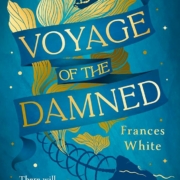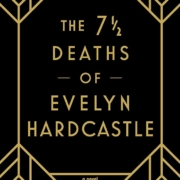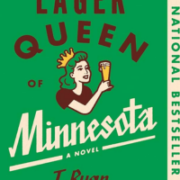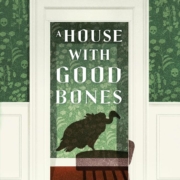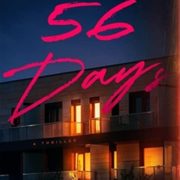Lazarus Man by Richard Price
If you’ve watched HBO’s The Wire, then you’re familiar with Richard Price. As one of the show’s writers, his story lines were like urban sociological studies. Price’s novels, such as Clockers, Lush Life, and Samaritan, also display the constant pressure-cooker environment within high-density neighborhoods. Plus they are just flat-out fun to read, as is his latest novel, Lazarus Man. For example, if you’re amused when coming across a random character being described not merely as “thin,” but as “thin as a home-rolled reefer,” then Price might be for you.
Make no mistake, Price’s work has depth, often finding its way into university course catalogs. Still, we read novels not for outright edification. It’s the story and characters that earn our attention. And Price always delivers on that front, replete with his trademark snappy dialogue. Where Lazarus Man moves a little differently is how the novel unfurls. There’s an initial event, and then we just follow four main characters as they carry on. It’s not unlike Robert Altman’s film Short Cuts, where we shadow characters just out living their lives. In Lazarus Man, it’s not 1990s Los Angelinos we’re tailing, but four East Harlemites in 2008. Maybe their paths will cross. Or maybe they won’t. Regardless, it’s their proverbial journeys we’re joining.
The anchor character is Anthony. He’s forty-two, unemployed, well on his way to a divorce, and attempting to kick a cocaine habit by trying out every bar on Lenox Avenue. Like some “80-proof Goldilocks,” he’s seeking the one bar that’s just right.
Then comes the event that sends the novel on its way: a tenement building collapses. Nearby, Royal, a down on his luck, third-generation mortician—who pretty much loathes his job—dozes in one of his unsold coffins. In order to make some extra cash, he’s playing the corpse as a group of film students shoot a horror film in his parlor. The sound of the building’s collapse sends Royal bolt-upright in his casket, properly freaking out the film students. Royal then has his young son put on an ill-fitting suit and go out into the chaos to hand out mortuary business cards.
Felix is a taciturn 20-something photographer who moved into the city from upstate. He grabs a camera and gets to work around the wreckage. Emergency personnel arrive as both survivors and nearby neighbors mill about, the “ash-coated” and the unscathed roaming together. The neighborhood becomes like some sort of “hallucinating block party.”
Mary, a beleaguered detective, is charged with finding out if an unaccounted for man is either somewhere in the rubble or is passively trying not to be found. A few years earlier, a freak elevator accident almost killed Mary. The event seems to have rattled her enough that she’s leaned back from most human relationships. It’s not that she doesn’t care. It’s more that she cares too much.
A victim of being at the wrong place at the wrong time, no one thinks to look for Anthony in the debris. When he’s eventually unearthed, he becomes a minor local celebrity, called upon to speak at various community events. He’s good at it, providing an outlet for pent-up community grief that goes beyond a collapsed building. The real question is whether Anthony believes what he’s saying.
Anthony’s mother was Black and his father white. Both are recently deceased, with Anthony now living in their apartment. Anthony’s long spiral began when he was kicked out of Columbia University for selling drugs. Someone suggested that he claim the university singled him out because of his race, but Anthony wanted no part of it. He knew that wasn’t the reason. Besides, his father was constantly charging racial discrimination on behalf of the Black community. Sometimes he was correct, yet at other times he wasn’t even close. Either way, he was always making a public scene about it. In many ways, Anthony wanted the same thing as his Black neighbors: for his father to shut up and mind his own business.
There is a surprise development at the end of the novel, underscoring the epistemological breakdown that fact and truth cannot be used interchangeably. Throughout, all the characters strive to do the decent thing in a difficult world. A good example is a mother who shows up to a community event to complain about how the cops harass some of the neighborhood teenagers. When a police officer at the meeting points out that her son often hangs around known gang members, the mother says that fact doesn’t mean he’s doing anything wrong. She continues, “You live in a certain place you got to be crewed up to not be a target. It’s a negotiated life.”
Review by Jason Sullivan


